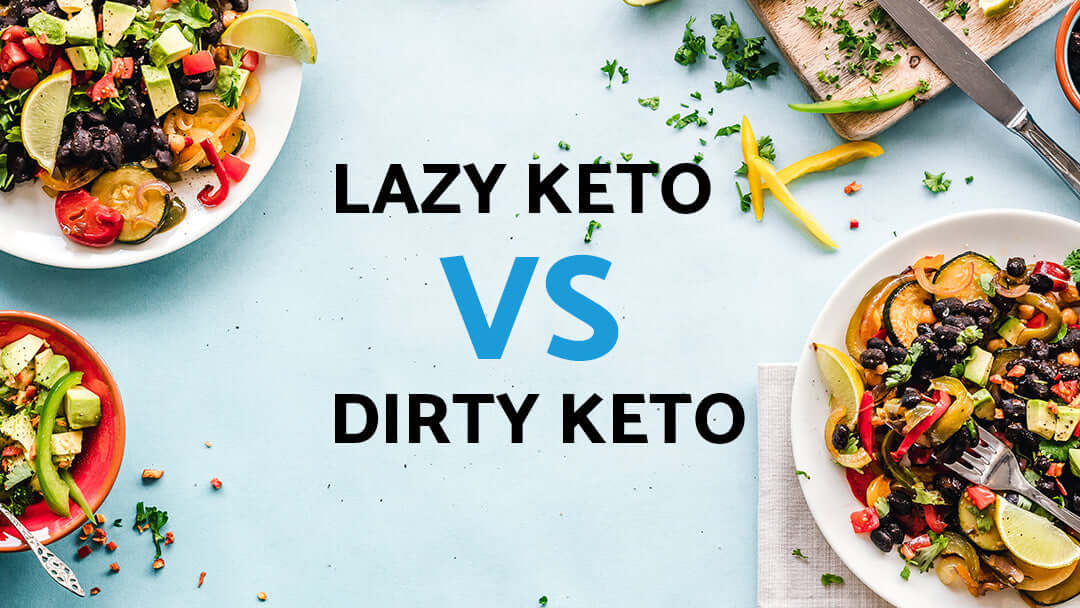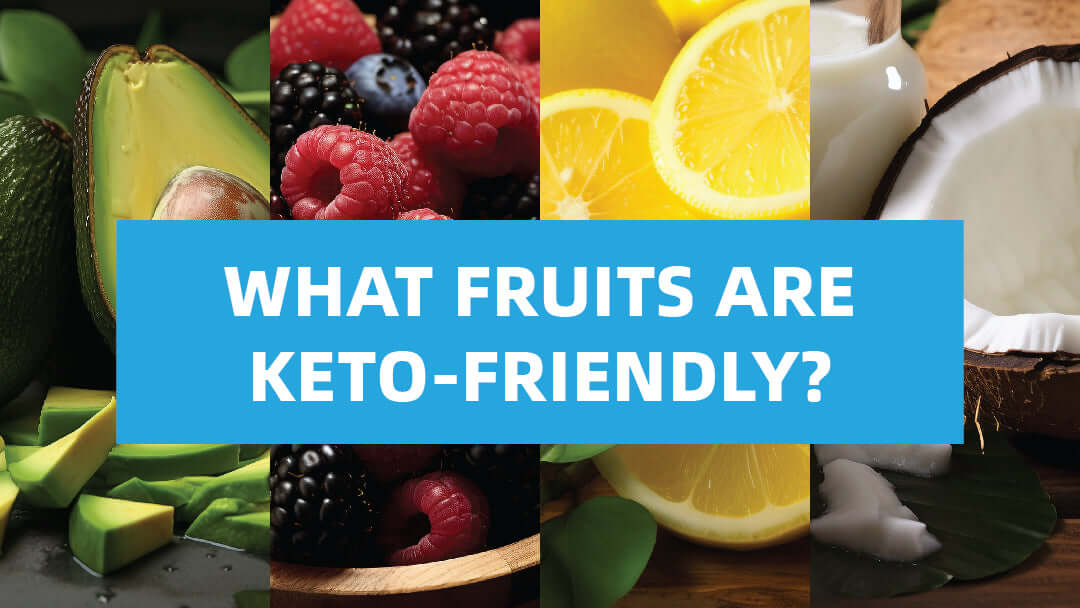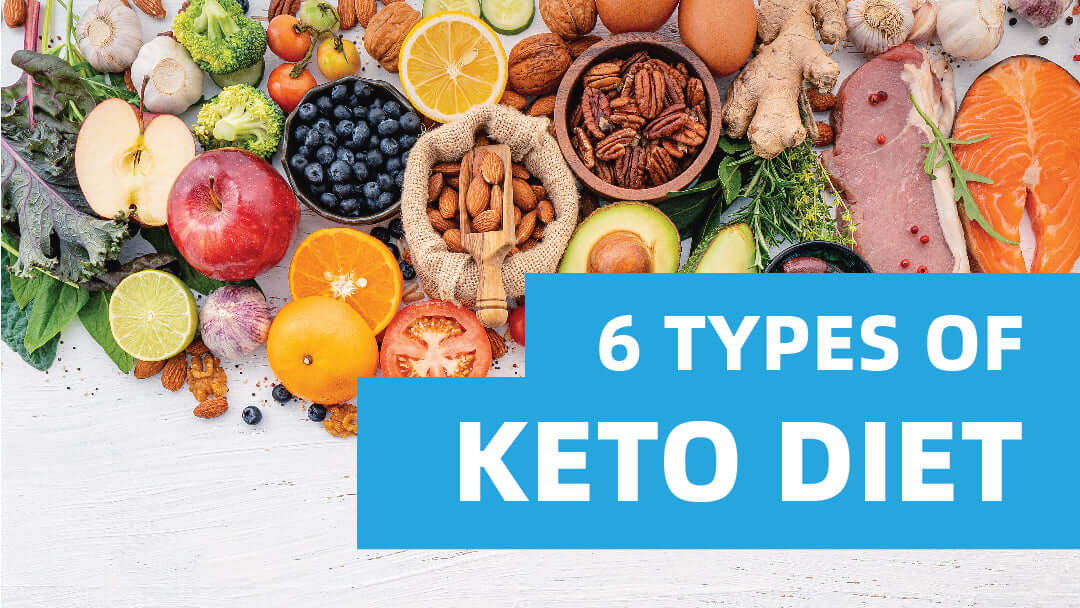In the realm of popular dietary trends, the ketogenic diet has secured a significant foothold, offering promising results for weight loss and improved health markers. However, within the realm of keto, there are variations that individuals often explore: "lazy keto" and "dirty keto". While these terms may sound similar, they represent distinct approaches to achieving the same goal – ketosis. In this article, we'll delve into the key differences between lazy keto and dirty keto, exploring their methodologies, potential benefits, and drawbacks.
Understanding the Ketogenic Diet
Before delving into lazy keto and dirty keto, it's crucial to grasp the basics of the ketogenic diet. At its core, the keto diet is a high-fat, moderate-protein, and low-carbohydrate dietary approach designed to induce a state of ketosis. In ketosis, the body shifts from utilizing glucose as its primary fuel source to burning fat for energy, leading to increased fat metabolism and potential weight loss.
Lazy Keto: Simplifying the Approach
Lazy keto, as the name suggests, offers a simplified version of the traditional ketogenic diet. Instead of meticulously tracking macronutrients – fats, proteins, and carbohydrates – adherents of lazy keto primarily focus on minimizing carbohydrate intake while paying less attention to overall food quality and specific macro ratios. In essence, lazy keto prioritizes simplicity and flexibility over strict adherence to macronutrient targets.
Image Source: https://www.medicalnewstoday.com/articles/lazy-keto
One of the appeals of lazy keto is its ease of implementation. By emphasizing carbohydrate restriction and allowing for more leniency with other dietary components, lazy keto may be more sustainable for individuals who find strict tracking daunting or impractical. This approach can be particularly attractive for beginners or those with hectic lifestyles seeking a more manageable way to transition into ketosis.
The Pitfalls of Lazy Keto Diet
While lazy keto may offer simplicity and flexibility, it's not without its potential drawbacks. The lack of precise macro tracking could lead to unknowingly consuming excessive calories or protein, which may hinder weight loss efforts or prevent individuals from achieving optimal ketosis. Additionally, focusing solely on carbohydrate restriction without considering food quality may lead to nutrient deficiencies and health issues in the long run.
Dirty Keto: Ignoring Quality for Convenience
Dirty keto takes a different approach, prioritizing convenience and indulgence over dietary purity. In dirty keto, adherents primarily focus on meeting their macronutrient targets while paying little attention to the quality or source of the foods they consume. This often involves consuming heavily processed and artificially sweetened foods, fast food options, and other convenience items that fit within the macronutrient guidelines of the ketogenic diet.
Image Source: https://medium.com/mel-magazine/what-the-hell-is-dirty-keto-and-more-importantly-how-much-more-fun-is-it-6050d34e0a56
For some, dirty keto may seem like a more realistic option in today's fast-paced world, where time constraints and accessibility can pose significant barriers to adhering to a strict diet. By allowing for the consumption of foods typically deemed off-limits on a traditional ketogenic diet, dirty keto offers a more lenient approach that some may find easier to maintain over the long term.
Lazy Keto vs Dirty Keto: Key Differences
In summary, lazy keto differs from dirty keto in these important ways:
- Food quality: Lazy keto emphasizes whole, minimally processed foods while dirty keto relies more heavily on low-carb packaged/convenience options.
- Tracking: Lazy keto involves little tracking beyond carbs generally while dirty keto may track just carbs loosely.
- Nutritional balance: Lazy keto supports micro/macronutrient intake better via real foods while dirty keto prioritizes ketosis over nutrition.
- Speed vs sustainability: Dirty keto may yield faster initial weight loss but tapers off sooner versus lazy keto's balanced whole-foods approach for lifestyle changes.
- Flexibility: Lazy keto allows small amounts of carb-containing whole foods like berries occasionally. Dirty keto is more rigid.
The Power of Continuous Ketone Monitoring
Understanding an individual's responses to different foods and activities can be helpful for optimizing a diet plan. Continuous ketone level monitoring provides such insights. The SiBio KS1 Continuous Ketone Monitoring (CKM) System, with its waterproof and sweat-proof design, allow for discreet, uninterrupted 24-hour x 14-day tracking of ketone levels. Combined with SiBio APP, it enables real-time ketone value visualization and insightful trend collection to observe various factors' impact on ketone levels.
The SiBio Ketone Monitor aids personalized adjustments, helping achieve goals in the most efficient yet balanced way possible. Whether following a lazy or dirty keto approach, leveraging technology to consistently optimize oneself longitudinally may yield even better outcomes.
Finding the right balance between appropriate flexibility, personalized monitoring and understanding one's needs and adherence strengths should be a key principle for any successful keto dieter to pursue. Continuous refinement powered by enhanced self-awareness supports sustainable transformation over the long term, regardless of keto approach.
FAQs:
Q: What is the difference between classic keto and lazy keto?
A: Classic keto typically involves strict tracking of macronutrients, particularly keeping a high fat, moderate protein, and very low-carbohydrate intake. It emphasizes reaching specific ratios of macronutrients, often around 70-75% fat, 20-25% protein, and 5-10% carbohydrates. On the other hand, lazy keto simplifies this approach by mainly focusing on restricting carbohydrates while being less strict about tracking overall macronutrient intake.
Q: What is an example of dirty keto?
A: Dirty keto refers to following a ketogenic diet while primarily consuming processed or low-quality foods. This might include fast food items like burgers without the bun, processed meats, and artificially sweetened snacks. While these foods may fit within the macronutrient requirements of keto, they lack the nutritional quality of whole foods.
Q: What is lazy keto menu?
A: A lazy keto menu would typically involve meals that are low in carbohydrates but may not strictly adhere to specific macronutrient ratios. For example, the lazy keto meals might include foods like eggs, bacon, avocado, cheese, non-starchy vegetables like spinach or broccoli, and fatty cuts of meat like steak or salmon.
Q: What can you not eat on lazy keto?
A: While the restrictions on lazy keto aren't as stringent as classic keto, there are still foods that are generally avoided or limited due to their high carbohydrate content. These might include sugary foods and drinks, grains (such as wheat, rice, and oats), starchy vegetables (like potatoes and corn), fruits high in sugar, and processed foods with added sugars or carbohydrates.











